As part of our continuing drive to keep boaters and watersports enthusiasts safe, let’s talk about how to choose the right life vest or personal flotation device and how it should properly fit.
We’ll cover various personal flotation device (PFD) styles, discuss whom they’re best suited for, and explore how to make sure your PFD fits properly so that it can function as intended.
Why Wear a Life Vest
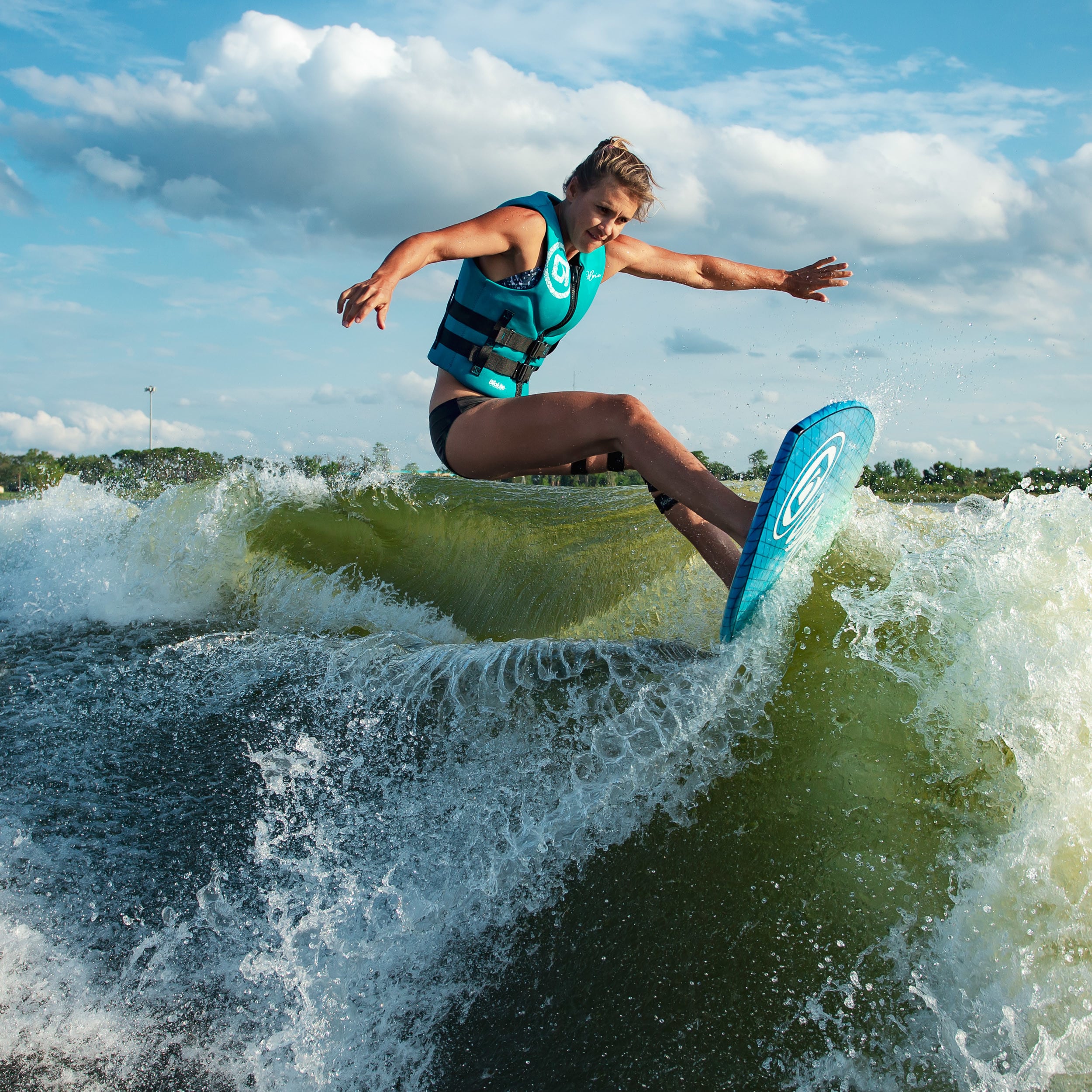
There are few things more important for boaters and watersports enthusiasts than a quality life vest. Understanding why it’s important to wear a life jacket is key to your safety and your ability to legally enjoy your favorite watersports.
On a basic level, boating laws and regulations in some areas require you to wear a PFD at all times while riding on a watercraft. In other places, you must at least have enough PFDs for all persons onboard, regardless of whether you are required to wear one at all times.
Aside from these regulations, statistics also overwhelmingly support the importance of life vests especially if you find yourself in a boating accident. In over 80% of boating fatalities, the person was not wearing a life vest.
Even the best swimmers can be adversely affected by environmental factors like currents and cold water. That’s not to mention that a life jacket will keep you afloat if you are somehow knocked unconscious during a boating accident or while practicing your favorite watersport. In addition to this, some vests are better designed to retain body heat so you can keep warm in cold water while you wait for rescue to arrive.
Don’t let these statistics deter you from enjoying watersports or boating. But always remember that water-based activities are safer when the right life vest is involved.
Styles of Personal Flotation Devices (PFDs)
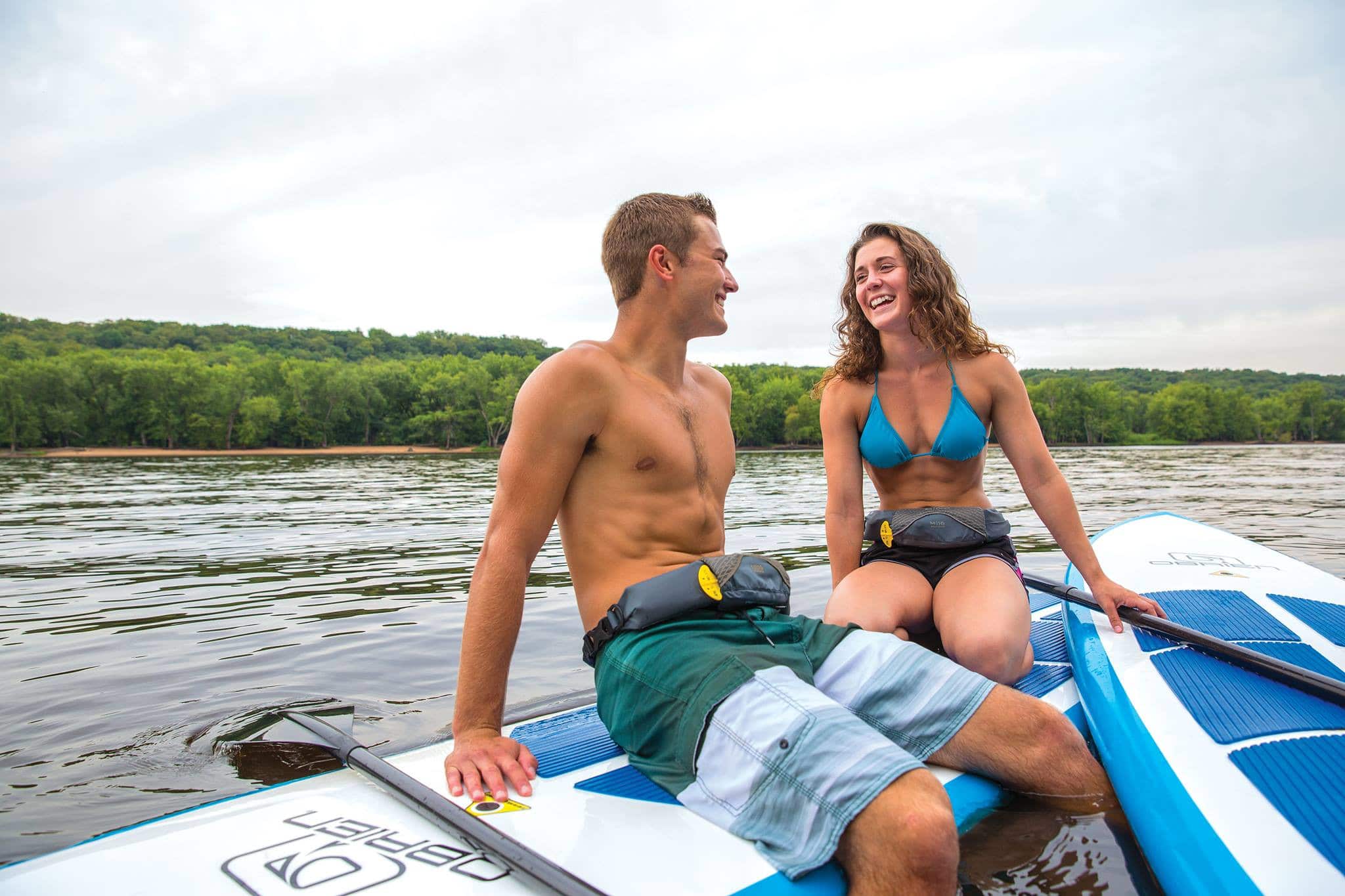
There are many different styles of PFDs, including non-inflating vests, inflating vests, hybrid vests, and inflating waist packs.
Standard/Non-Inflating Vests
These are the most basic and common styles of PFD. They are used for all activities such as boating, kayaking, paddle boarding, tubing, water skiing, water surfing, etc. They are worn over the chest and secured with buckles and/or zippers. Their design is inherently buoyant.
Inflatable Vests
There are two main types of inflatable vests – auto-inflating and manual-inflating. These vests are not inherently buoyant. An auto-inflating vest deploys automatically when you enter the water. A manual-inflating vest requires manual activation to deploy, usually a rip cord. Manual-inflating life vests are great for activities that require a lot of movement like kayaking and paddleboarding as they are more comfortable, lightweight, and breathable than standard/non-inflatable vests. Auto-inflating life vests are great for spending all day out on the boat as they are also comfortable, lightweight, and breathable. However, you should avoid using auto-inflating life vests when kayaking or paddleboarding as the chance of going overboard is much higher. Conversely, you should also not use a manual-inflating life vest while boating as you run the risk of being knocked unconscious during an accident, which would prevent you from being able to pull the rip cord and activate the vest. Neither of these options should be used by weak or non-swimmers.
Inflatable Waist Packs
These PFDs are geared exclusively toward paddle sports enthusiasts who love to paddleboard and kayak. They’re very lightweight with a low profile, which leads to mostly unrestricted movement, very important for paddle sports.
Hybrid Vests
Hybrid flotation devices are neutrally buoyant on their own for quick rescues and can be inflated for extra buoyancy in situations where you’re in the water waiting for rescue for an extended time. These vests are more expensive and typically not used for most watersports.
Please note that inflatable life vests and waist packs use CO2 cartridges for inflation that must be replaced after each use. Some of these vests may also have activity restrictions so be sure to check the label for any limitations before use.
Understanding PFD Ratings
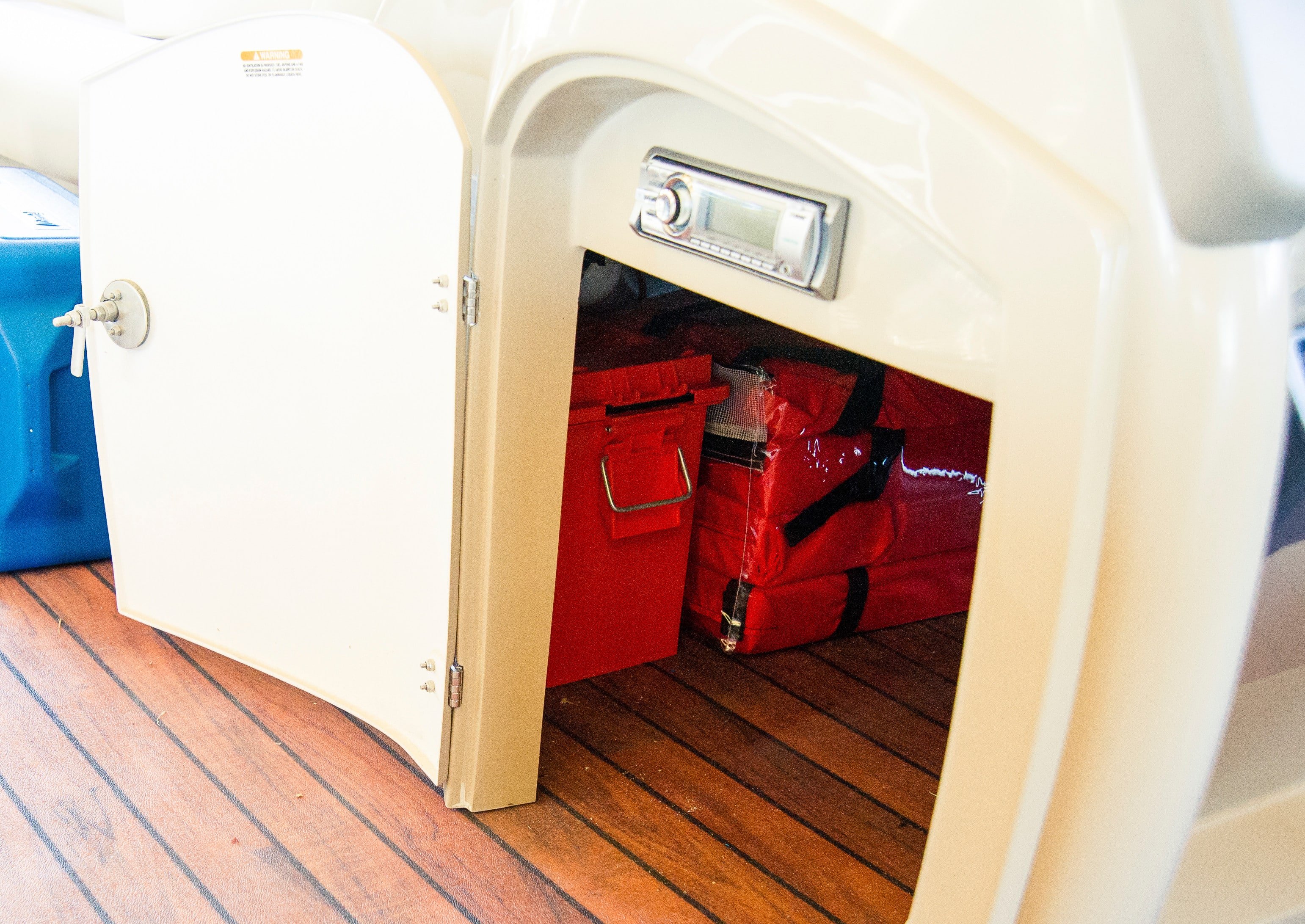
Previously, life vests were categorized under the United States Coast Guard (USCG) by type: Type 1 PFD, Type 2 PFD, etc. However, in recent years they have transitioned to performance ratings: Level 50, Level 70, etc. This was done in collaboration with Transport Canada to provide more of a universal standard for life vests in both countries. Both types of classifications are still used today so understanding each is helpful in choosing the correct life vest.
Old System
- Type I PFDs: Made for activities in remote areas with rough water where rescue could be a long time coming. These vests do a good job of retaining body heat and have a high buoyancy rating. You’ll often find them on cruise ships and commercial vessels. They can turn unconscious wearers into a face-up position.
- Type II PFDs: Made for locations where rescue can get to you relatively quickly, such as lakes, ponds, and urban rivers. These vests are lighter and more comfortable than a Type I PFD, but they are also less buoyant. They’re very basic and cost-effective. They can turn some unconscious wearers into a face-up position.
- Type III PFDs: Made for continuous wear by active users such as kayakers, paddle boarders, and water skiers where the chance of immediate rescue is good. They are more expensive than a Type II PFD but far more comfortable.
- Type IV PFDs: These are throwable PFDs, designed to be tossed into the water if a person goes overboard. The best example of this is the iconic life preserver ring.
- Type V PFDs: Made for specific activities such as boating, fishing, kayaking, wakeboarding, etc. They must be worn at all times during the specified activity to be considered approved by the Coast Guard.
New System
A lower numbered level represents greater mobility and comfort. A higher numbered level represents greater flotation and stability.
- Level 50 PFDs: Intended for good swimmers who are near the bank/shore for quick rescue.
- Level 70 PFDs: Intended for those who have rescue close by or for those who are near the bank/shore.
- Level 100 PFDs: Intended for those who may have to wait for rescue, but in calm water.
- Level 150 PFDs: Intended for use with foul-weather clothing. Can turn the wearer face up.
- Level 275 PFDs: Intended for offshore use under extreme weather and water conditions.
Most water sports enthusiasts should look for a Type III or Level 70 PFD as they offer the best attributes for these activities.
Sizing and Fitting Your Life Vest
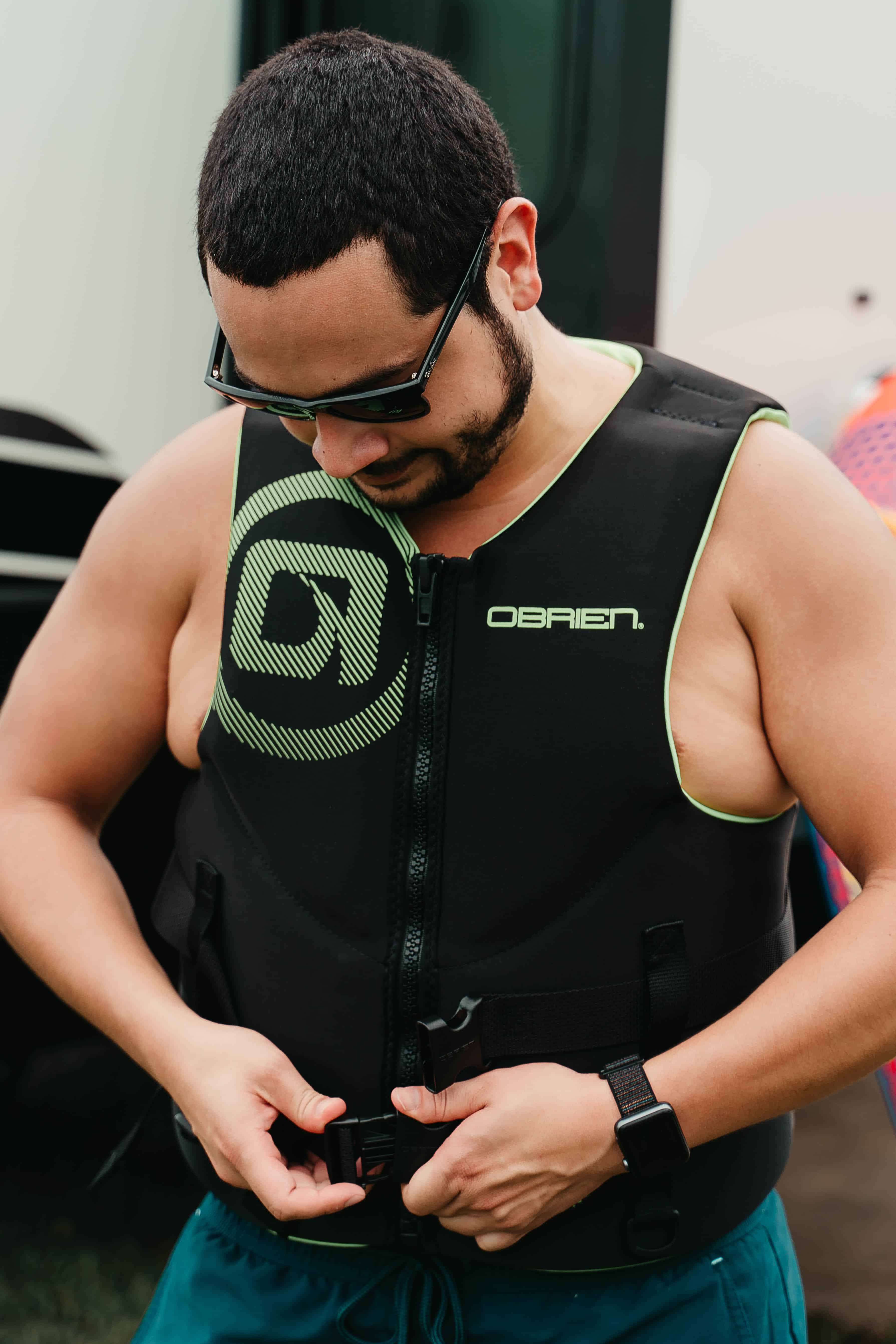
A PFD can save your life in an emergency, but so many people neglect to wear them. Of course, wearing a cheap or ill-fitting life jacket is only slightly better than wearing no life jacket at all.
For an adult, life vests are sized based on your chest size. Measure your chest at its broadest point and use your measurement to narrow down your selection. Child life vests are sized based on weight. Weigh your child to narrow down your selection.
Men’s Versus Women’s
There are both unisex and gender-specific life vests; unisex vests have a more universal fit and design while gender-specific vests are designed with a more custom, gender-specific fit. Women’s vests usually have a shorter length to match smaller torsos, smaller armholes, and less material around the bust line to help prevent the vest from riding up.
Overton’s Picks
Overton’s Pick for Men’s Adult Vest: Overton’s Men’s BioLite Life Jacket With Flex-Fit V-Back
Overton’s Pick for Women’s Adult Vest: Overton’s Women’s BioLite Life Jacket With Flex-Fit V-Back
Overton’s Pick for Infant Vest (up to 30 lbs.): Overton’s Infant BioLite Life Vest
Overton’s Pick for Child Vest (30-50 lbs.): Overton’s Child BioLite Life Vest
Overton’s Pick for Youth Vest (50-90 lbs.): Overton’s Youth BioLite Life Jacket
Overton’s Pick for Junior Vest (75-125 lbs.): Overton’s Junior BioLite Life Jacket
Overton’s Pick for Inflatable Life Vest: Onyx A/M-24 Auto/Manual Inflatable Life Vest
In addition to these vests, we offer a wide array of other life vests to match your needs. Be sure to check out our entire selection of Life Jackets & PFDs.
How To Put Your Life Vest on Properly
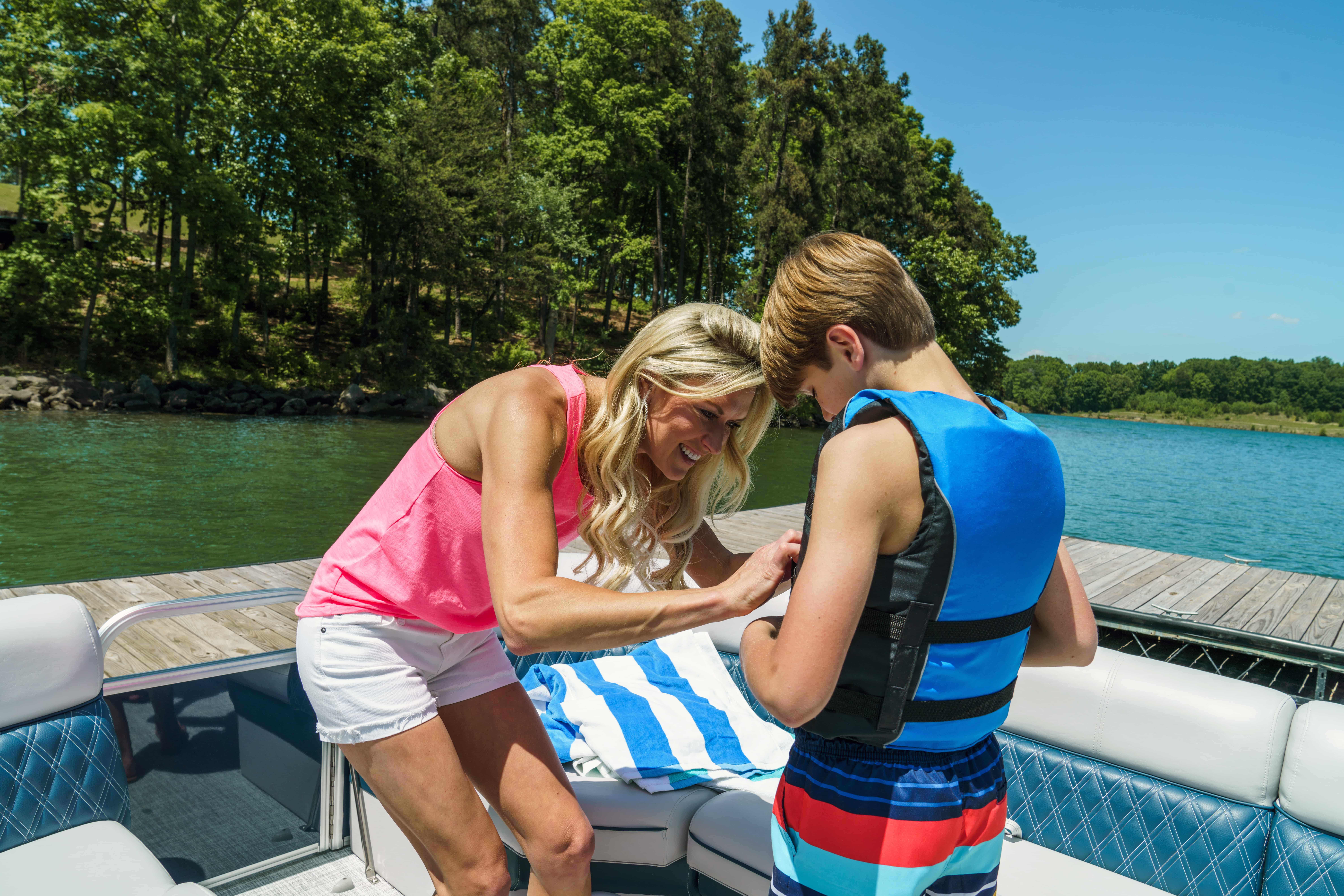
Once you’ve found the right life vest for you, make sure you follow proper instruction for wearing the vest. Loosen all the straps and unzip the zipper if it has one. Some life vests go on like a jacket and others go on over your head like a rashguard.
If your PFD has a zipper, zip it up first. Then start at the waist and tighten all the torso straps before moving up to the shoulder straps and tightening them. The torso straps keep the life vest snug. The shoulder straps are designed for comfort and give you the ability to adjust how high or low the life vest sits on your torso.
When all the straps are tightened, your life jacket should be snug, but not uncomfortable or overly restricting. Finally, have someone pull up on the shoulder straps to simulate what happens when you’re in the water and the vest rises. You can do this yourself by sliding your thumbs under the shoulder straps and lifting. Your life vest should rise slightly, but you shouldn’t be able to lift the shoulder straps above your ears. If you can, your PFD is too loose and should be tightened.
Once properly fit, you’re done and ready to enjoy your favorite watersports.

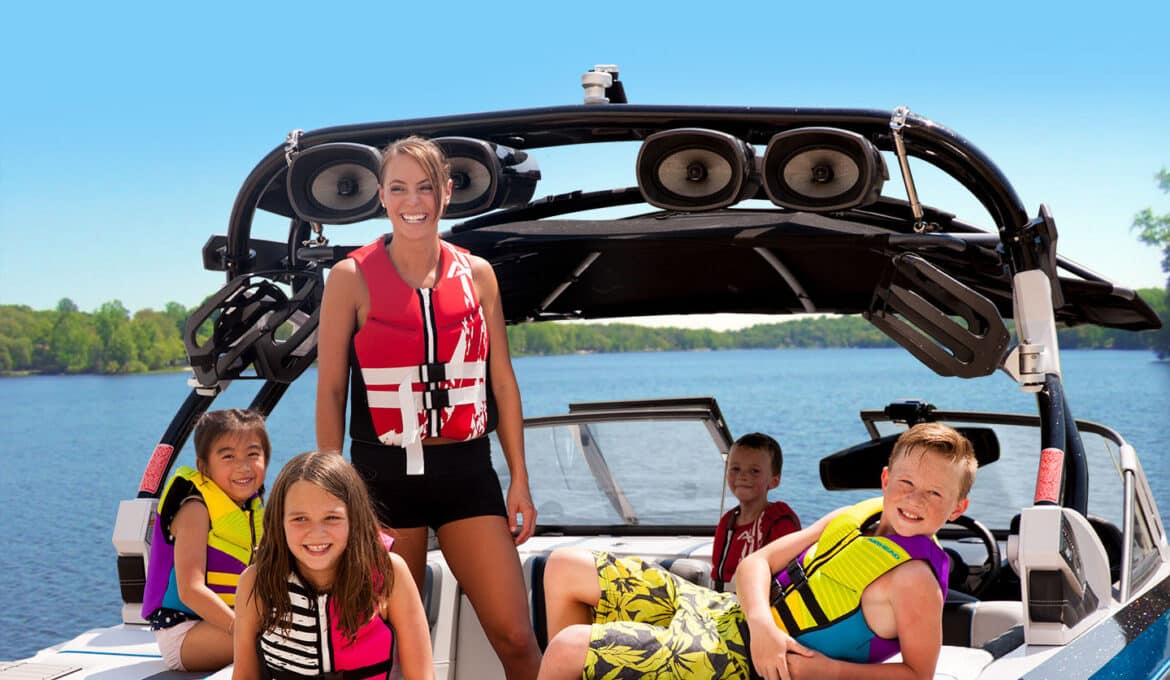



[…] of gear, you’ll need a life jacket before you head out. Ski selection is important, but most would agree life jacket selection is even […]